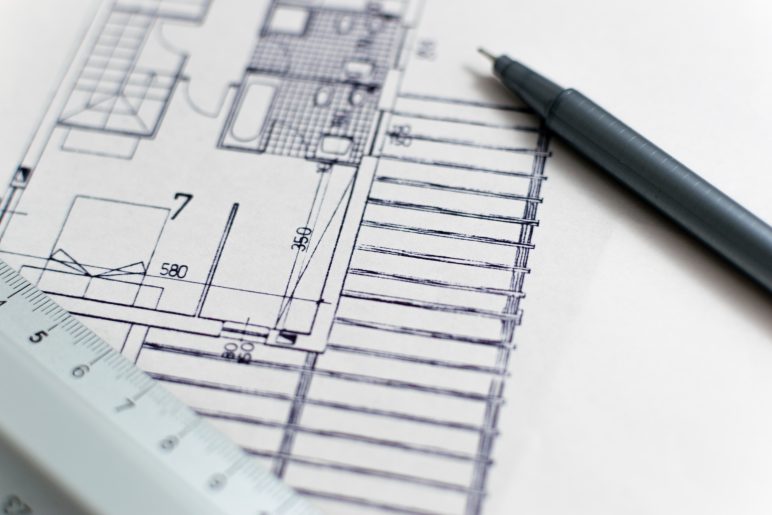Many people have come across childcare vouchers in their employment – essentially, this is where an employer can ‘award’ vouchers which are paid tax and NIC free.
However, HMRC have been intending on abolishing this scheme for some time, recognising the lack of equality between employed and self-employed individuals in this area, and the old childcare voucher scheme is now closed to those who were not in it already.
The alternative to this is called ‘Tax Free Childcare’ and is in theory much simpler to administer than the old childcare voucher scheme.
Continue Reading
